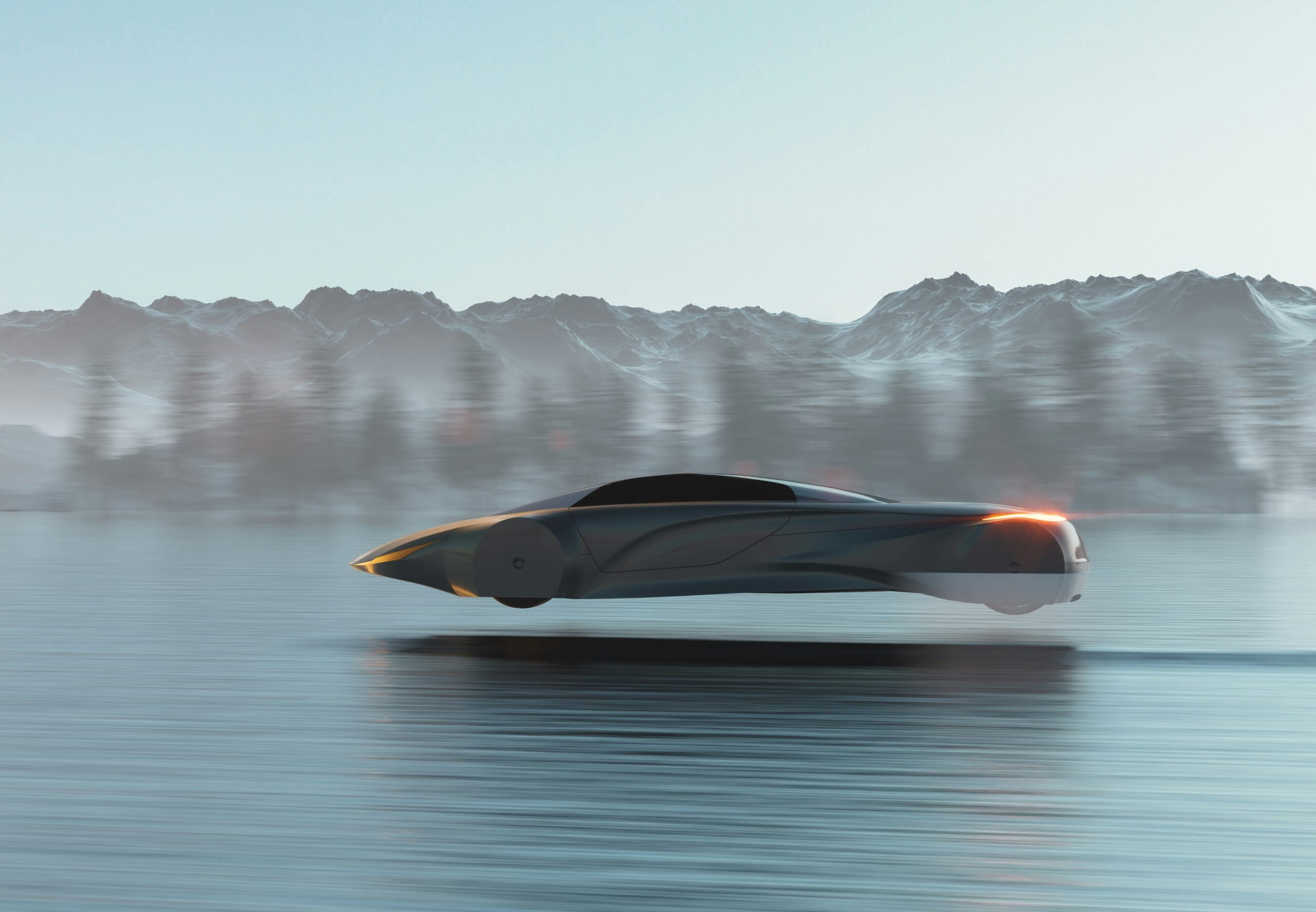
The boating industry has long been associated with adventure, leisure, and innovation, but recent technological advancements have brought excitement. From innovative navigation systems to eco-friendly propulsion, revolutionary technologies are reshaping how we approach the water. Here’s a look at some game-changing innovations transforming boating as we know it.
Bright Boats: The Rise of Artificial Intelligence on the Water
AI-powered systems are making waves in the boating industry. These innovative systems offer autonomous navigation, collision avoidance, and real-time data monitoring features. Using sensors and algorithms, AI can interpret environmental conditions like wind, waves, and currents, enabling boats to make real-time adjustments for optimal performance and safety.
For instance, autonomous docking systems now allow boats to manoeuvre into tight spots without human intervention. This primarily benefits novice boaters, reducing the stress of navigating busy marinas. Additionally, AI-powered apps provide boaters with real-time updates on weather, fuel consumption, and maintenance needs, creating a more informed and enjoyable boating experience.
Electric Propulsion: Charting a Greener Course
The shift toward sustainability has spurred the adoption of electric propulsion in the boating industry. Traditional internal combustion engines are being replaced by electric motors, which are quieter, cleaner, and more efficient. Companies like X Shore and Torqeedo lead the charge, offering electric boats that minimize environmental impact without compromising performance.
Electric boats are ideal for eco-conscious boaters looking to reduce their carbon footprint. They cut emissions and reduce noise pollution, making them a popular choice for those who prioritize preserving marine life. With advancements in battery technology, electric boats are now capable of longer ranges, making them viable options for both recreational and commercial use.
Connected Systems: The Internet of Things Goes Nautical
The Internet of Things (IoT) brings unprecedented connectivity to the boating world. IoT-enabled boats allow users to monitor and control systems remotely via smartphone or tablet. Imagine turning on your boat’s air conditioning or checking its fuel levels from the comfort of your home. IoT integration also enhances safety by alerting boaters to potential issues such as bilge flooding or engine malfunctions.
Fleet management is another area benefiting from IoT technology. Commercial operators can track multiple vessels in real-time, optimizing routes and ensuring timely maintenance. This level of connectivity enhances operational efficiency, saving time and money while improving overall safety.
Solar Power: Harnessing the Sun for Unlimited Adventures
Solar-powered boats are no longer a futuristic concept—they’re here and making a big splash. By integrating solar panels into their design, these boats generate renewable energy to power their systems, reducing reliance on traditional fuel sources. Some models even offer the ability to charge batteries while on the water, enabling extended trips without refuelling.
Solar-powered boats appeal to off-grid adventurers who want to explore remote locations without compromising energy needs. The technology is also used in hybrid models, combining solar power with traditional propulsion for maximum efficiency.
Virtual Reality (VR) and Augmented Reality (AR): A New Dimension in Boating
Virtual and augmented reality are enhancing the boating experience in exciting ways. VR is used for boat design and training, allowing manufacturers and buyers to explore vessels in a virtual environment before they are built. This technology helps identify design flaws early and offers potential buyers a more immersive shopping experience.
AR, on the other hand, is improving navigation and maintenance. AR headsets or displays can overlay navigational information onto the real world, helping boaters identify landmarks, hazards, and optimal routes. Maintenance crews can also use AR to visualize internal systems and identify issues without dismantling components, saving time and reducing costs.
Advanced Materials: Building Boats for the Future
The materials used to construct boats are also evolving. Lightweight composites, 3D-printed components, and graphene-infused materials make boats more substantial, lighter, and fuel-efficient. These advanced materials improve performance and enhance durability, reducing the need for frequent repairs.
For example, 3D printing allows manufacturers to create complex parts, precisely reducing waste and production costs. This technology is particularly valuable for custom boat designs, enabling faster prototyping and shorter production timelines.
The Future of Boating: A Blend of Tradition and Innovation
While these advancements are exciting, the boating industry remains rooted in its traditions. The challenge lies in blending the timeless allure of the water with modern technology to create an experience that appeals to both seasoned mariners and new enthusiasts. With continued investment in research and development, the future of boating looks brighter than ever.
As these technologies become more accessible, they promise to revolutionize the industry, making boating safer, more sustainable, and more enjoyable. Whether you’re a weekend sailor, a commercial operator, or an aspiring boat owner, the innovations on the horizon will surely enhance your time on the water.
The waves are changing, and the boating industry is confidently steering into uncharted territories. These technological breakthroughs redefine what’s possible and ensure that future generations can enjoy the beauty and adventure of boating. So, set sail into the future—it’s looking extraordinary!